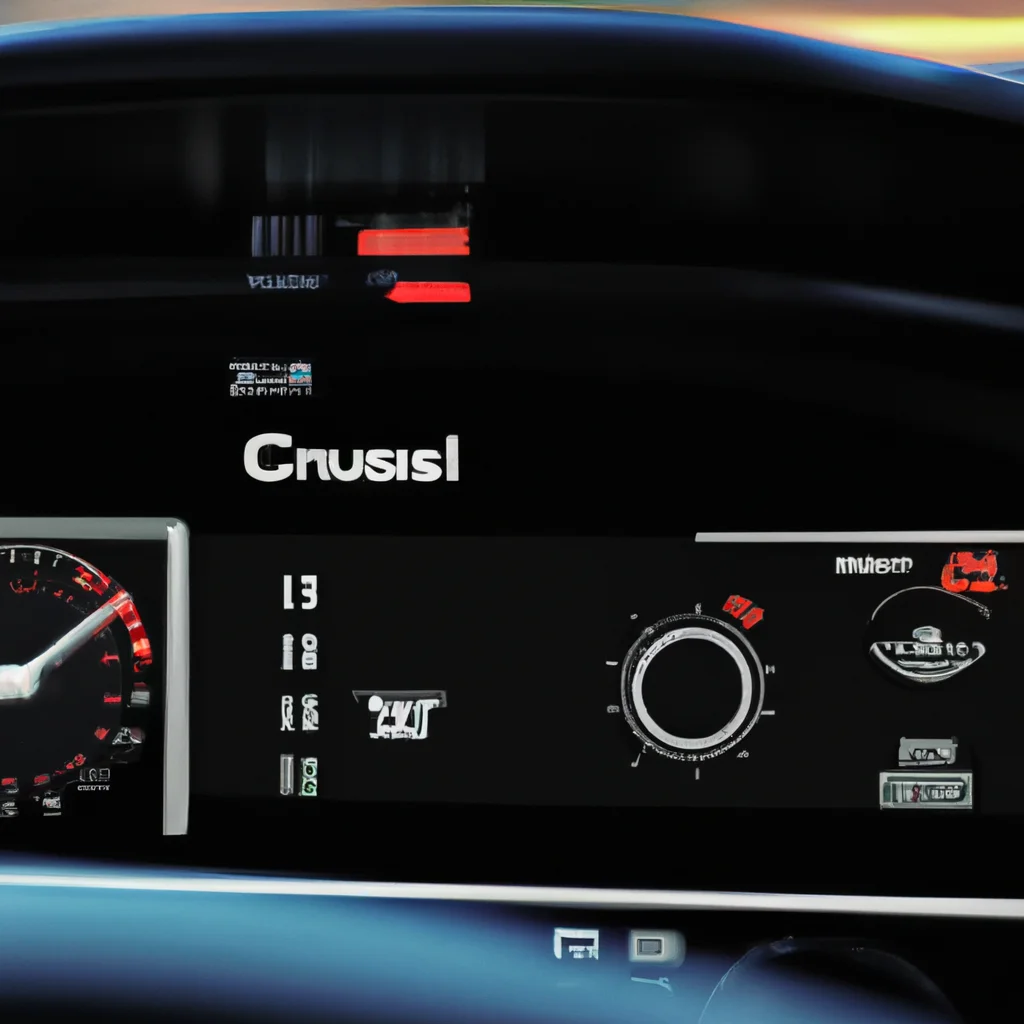How does a car’s cruise control system work?


How does a car's cruise control system work?
Cruise control is one of the most popular features in modern-day cars. It is a driving assistance system that enables drivers to maintain a constant speed without the need to constantly press on the accelerator pedal. Cruise control is a product of automotive engineering, and it has been around for several decades. In this article, we will take a closer look at how a car’s cruise control system works, the technology behind it, and its impact on road safety.
How does Cruise Control Work?
Cruise control works by automatically maintaining a constant speed set by the driver. The system uses an electronic control module (ECM), which is responsible for controlling the throttle system. The driver sets the desired speed using the cruise control switch or button, which is usually located on the steering wheel or dashboard. Once the speed is set, the system will maintain it until the driver presses the brake pedal or turns off the cruise control.
The ECM monitors the car’s speed using various sensors, including the vehicle speed sensor, wheel speed sensor, and throttle position sensor. These sensors provide real-time data to the ECM, which then adjusts the throttle opening to maintain the desired speed. The system also takes into account road gradients, wind resistance, and other factors that might affect the car’s speed.
Technology behind Cruise Control
Cruise control is a product of vehicle automation and automotive engineering. The technology behind it is quite complex, and it involves several components and systems working together. Some of the key components of a cruise control system include:
1. Electronic Control Module (ECM) – This is the brain of the system. It receives input from various sensors and controls the throttle system to maintain the desired speed.
2. Throttle System – The throttle system controls the amount of air and fuel entering the engine. The ECM adjusts the throttle opening to maintain the speed set by the driver.
3. Speed Sensors – The speed sensors provide real-time data to the ECM, which uses it to adjust the throttle opening.
4. Brake Switch – The brake switch is connected to the ECM and is responsible for disengaging the cruise control system when the driver presses the brake pedal.
Impact on Road Safety
Cruise control has a significant impact on road safety. It helps reduce driver fatigue and stress, especially during long drives. It also reduces the risk of speeding, which is one of the leading causes of accidents on the road. With cruise control, drivers can maintain a constant speed, which helps them stay within the speed limit and avoid sudden acceleration or deceleration.
However, it is important to note that cruise control is not a substitute for responsible driving. Drivers should always pay attention to the road and their surroundings, even when using cruise control. They should also be aware that cruise control might not work well in certain road and weather conditions, such as heavy traffic, rain, or snow.
Conclusion
In conclusion, cruise control is a useful driving assistance system that enables drivers to maintain a constant speed without the need to constantly press on the accelerator pedal. It is a product of automotive engineering and uses an electronic control module (ECM) to control the throttle system. Cruise control has a significant impact on road safety by reducing driver fatigue and stress, and by helping to reduce the risk of speeding. However, drivers should always use cruise control responsibly and be aware of its limitations.
Recent Posts
How do I create an engaging and informative online quiz or assessment?
Creating an engaging and informative online quiz or assessment can be a powerful tool for… Read More
What are the most effective methods for managing and reducing work-related stress in the hospitality industry?
Work-related stress is a common issue in the hospitality industry, where employees often face long… Read More
How can I improve my assertiveness and communication skills in a leadership position?
In a leadership position, assertiveness and effective communication skills are crucial for success. Being able… Read More
What are the key elements of a successful employee recognition and rewards program?
Employee recognition and rewards programs play a crucial role in motivating and engaging employees, as… Read More
How do I effectively manage and respond to customer feedback and reviews?
Customer feedback and online reviews play a crucial role in shaping a company's reputation and… Read More
What are the best strategies for effective time management as a stay-at-home parent?
Effective time management is crucial for stay-at-home parents who juggle multiple responsibilities on a daily… Read More